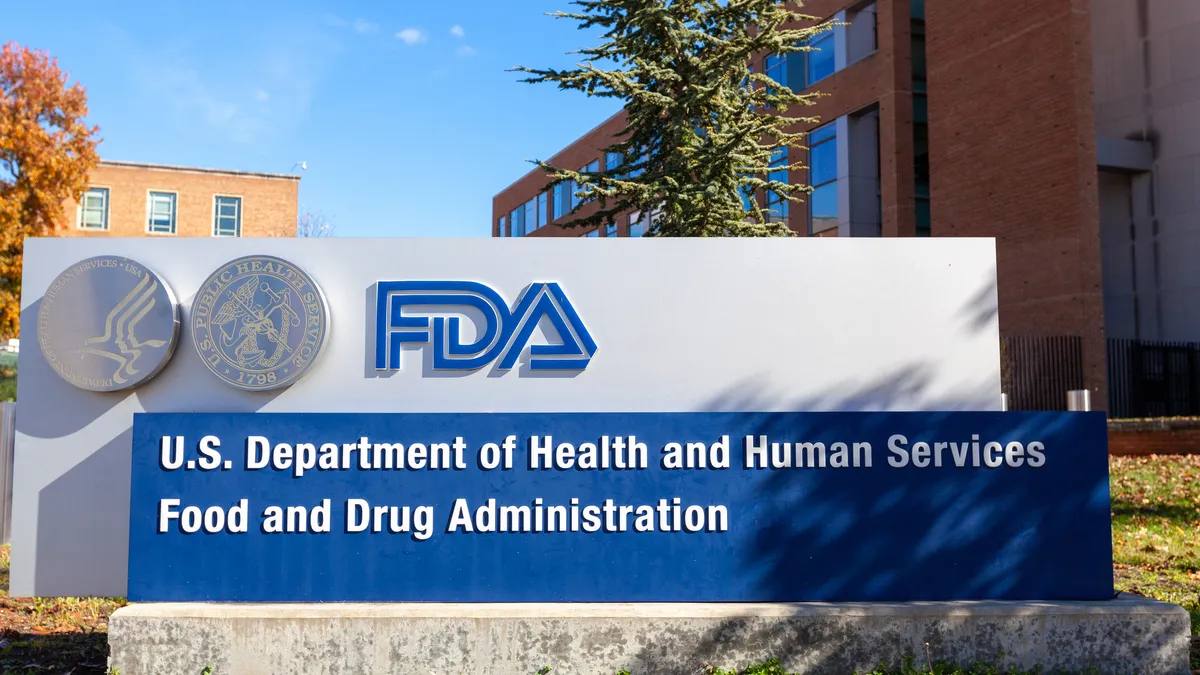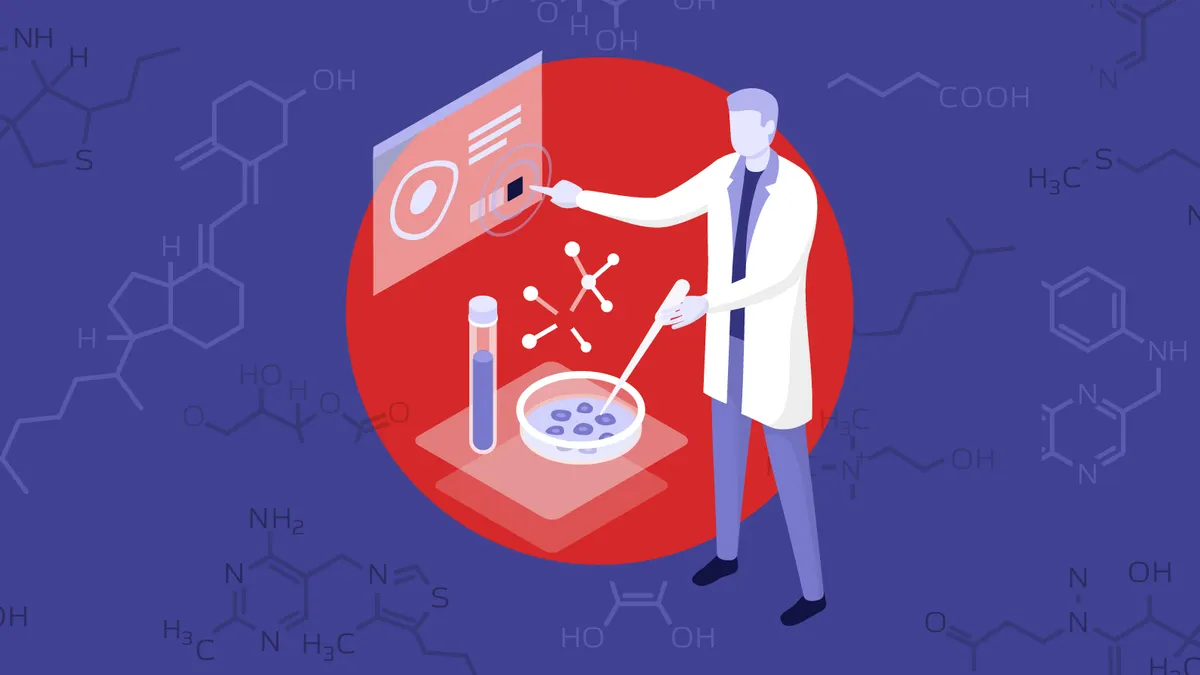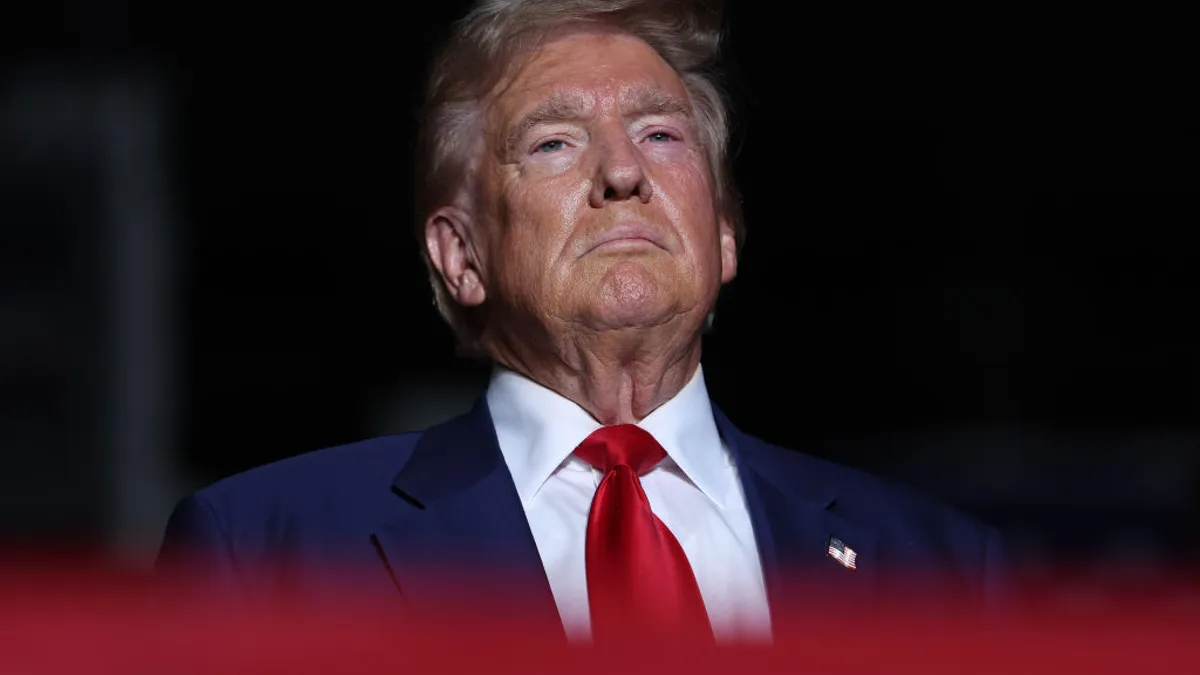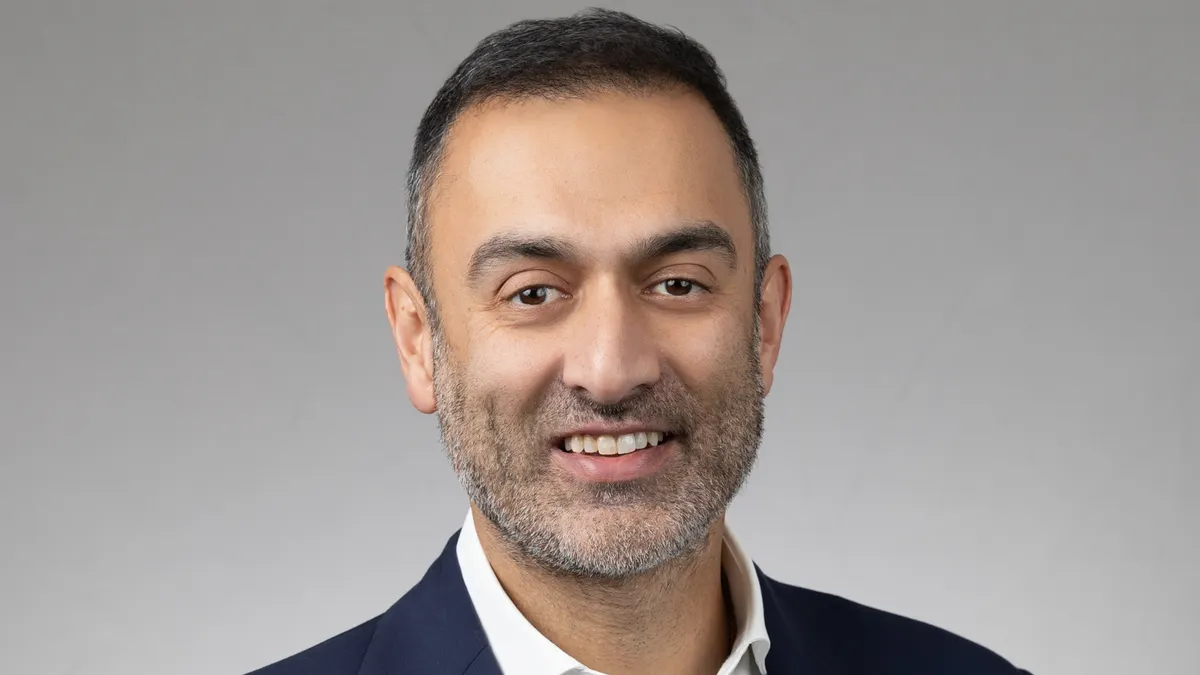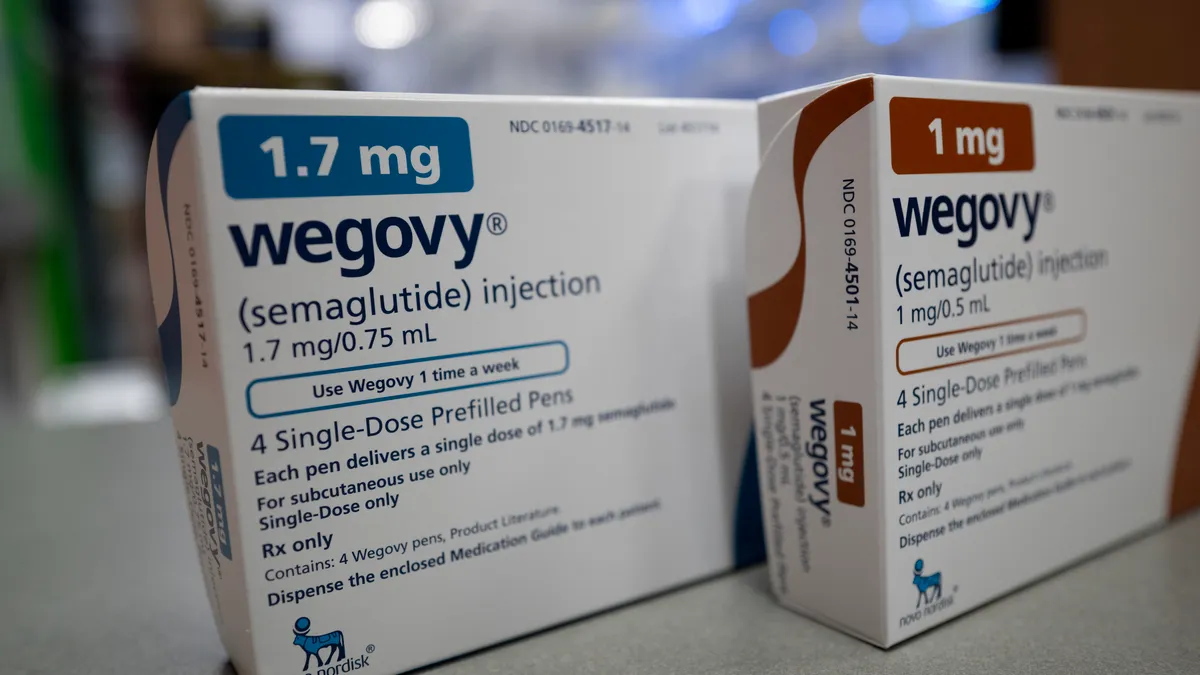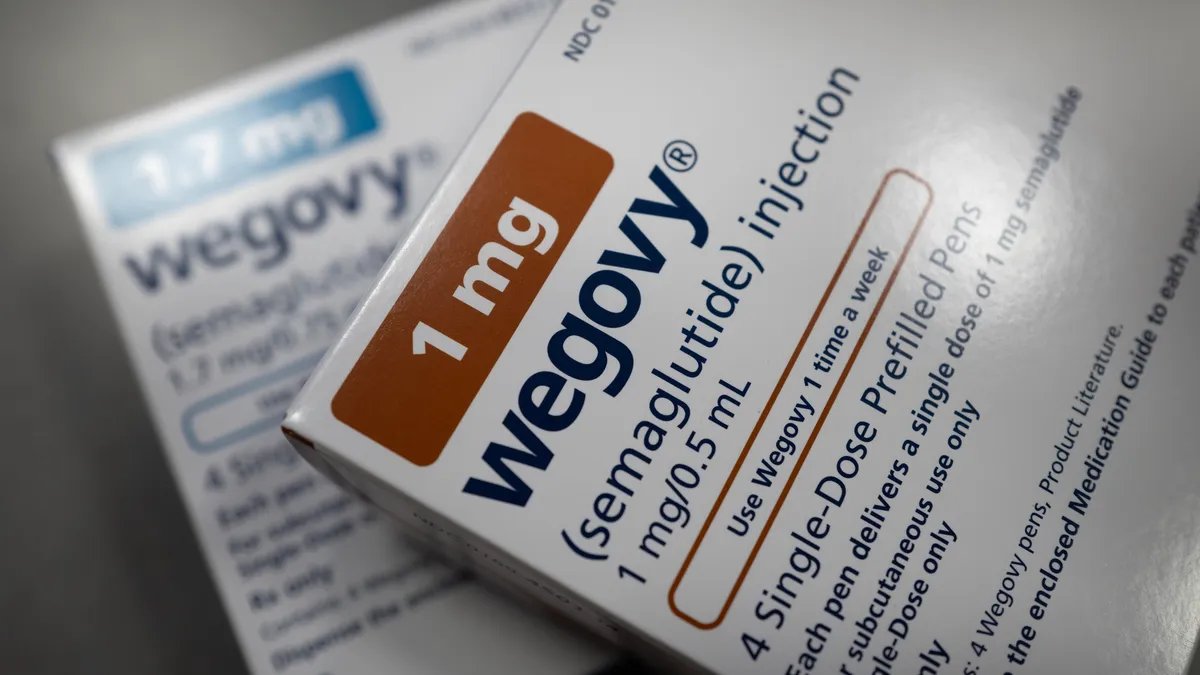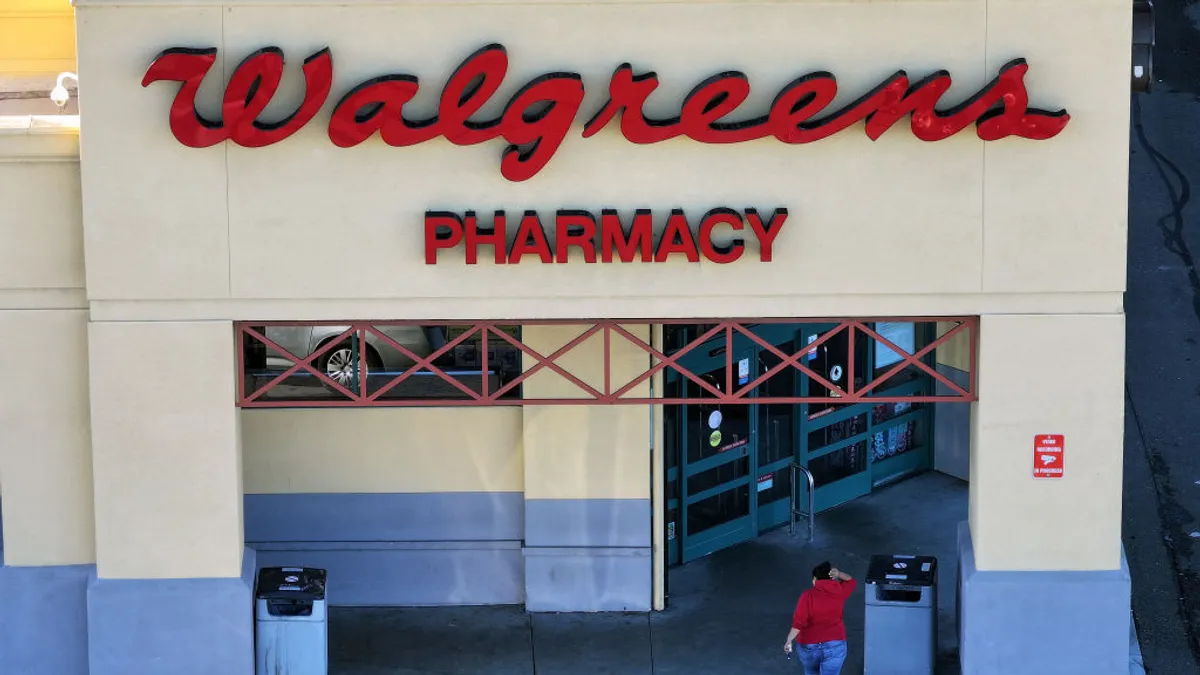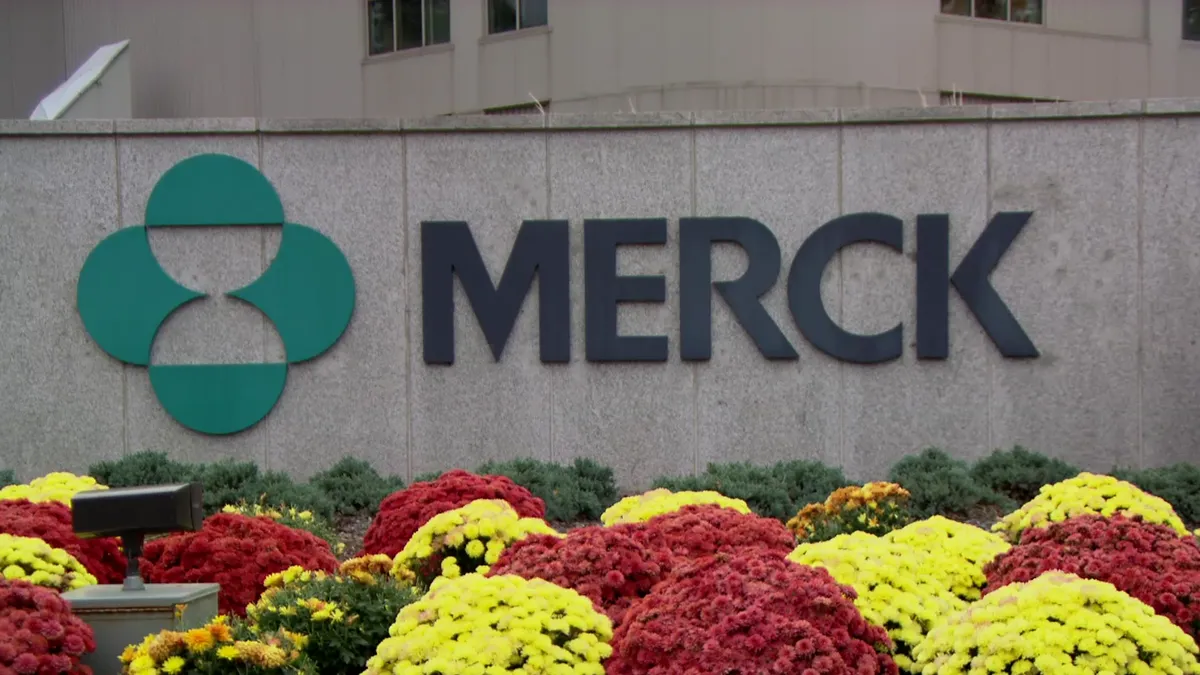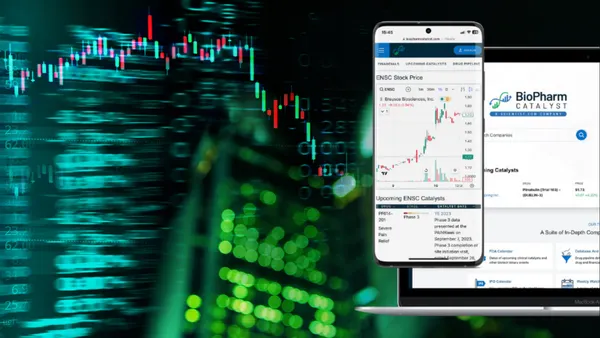When the Food and Drug Administration took Eli Lilly’s Zepbound and Mounjaro off of its drug shortage list in October, companies making cheap “compounded” versions found themselves in a bind.
By ending compounders’ ability to manufacture and sell their off-brand versions in bulk, the FDA’s decision also left some patients wondering how they would be able to access the popular obesity and diabetes drugs at an affordable price. About 12% of American adults have taken a GLP-1 medication, according to a May poll from KFF Health. And compounded versions may account for as much as 20% of all GLP-1 prescriptions, CNN reported.
But when the FDA backed down, letting compound pharmacies resume their activities for the time being, the industry was left in something of a limbo.
“The FDA is probably feeling a lot of pressure to make sure they're not just siding with pharma to remove something because they think it's appropriate and making sure they have their due diligence,” said Manny Jurado, principal at The Dedham Group.
GLP-1 stakes
Novo Nordisk and Eli Lilly, the dominant GLP-1 drugmakers, have ramped up their manufacturing and filed lawsuits against compound pharmacies to limit supply of the knock-off versions. Both companies have wrestled with shortages over the last year, though the FDA has now marked the medications as “available.”
Compound manufacturers fought back after the FDA’s October decision and sued the agency, leading to a reversal, which is rare, according to Jurado. He said the stakes are higher because of how lucrative GLP-1 drugs have become.
During the first nine months of the year, Eli Lilly’s tirzepatide drugs Zepbound and Mounjaro raked in more than $11 billion in revenue, while Novo Nordisk reported combined revenue of more than $27 billion for its GLP-1 diabetes and obesity care business, including Wegovy and Ozempic, during the same time period.
As demand for the drugs have grown, a significant market around compounded versions has emerged in parallel, with digital healthcare companies such as Weight Watchers and Hims & Hers jumping on the trend and offering GLP-1 injectables.
Lilly and Novo have each launched legal challenges to stop compound drugmakers, pushing the FDA to place their drugs on a potentially new list that would prohibit GLP-1s from being compounded.
“Another wrinkle to the story is that recently there have been requests to add both semaglutide as well as tirzepatide to the [FDA’s] ‘Demonstrable Difficulties for Compounding List,’” Nathan Beaver, partner at Foley & Lardner, said during a webinar update on the shortage issue hosted by the law firm.
The list, which “[does] not currently exist,” according to Beaver, was proposed by the FDA in March.
“If FDA were to place these drugs on the DDC list, the drugs would not qualify for certain statutory exemptions under the Federal Food, Drug and Cosmetic Act, and most importantly, the drugs will not be allowed to be compounded by pharmacists, physicians or outsourcing facilities under any circumstances,” even in a shortage, Beaver said.
But the agency has yet to finalize the rule around creating the DDC list, and it’s unlikely the issue will resolved quickly.
“We’re in a country where litigation tends to draw out,” Jurado said. “I wouldn't be surprised if, upon the removal of some of these therapies from the shortage list, the litigation from some of these compounders essentially delays the ability to potentially remove [them]. I don't anticipate just one day flipping a switch [to] no more compounding.”
Kicking the can
The FDA said it will issue another update Dec. 19, although it’s possible it will be another extension of the review. The agency said in a late November joint status update to a court hearing the compounders’ challenge that it had not yet made a determination, according to Beaver.
“In the interim period, FDA has indicated it does not intend to take enforcement action against the continued compounding of tirzepatide,” Beaver said.
With a new presidential administration set to take over next month, the FDA may simply wait.
“It would not surprise me if the FDA kicks the can again on Dec. 19 and says they have not made a final decision,” Beaver said. “I expect there is going to be hesitancy to try and resolve this in the upcoming weeks because they know that a new administration is coming in, and that new administration may want to weigh in on this issue.”
How President-elect Donald Trump’s healthcare leaders — including his nominee for health secretary Robert F. Kennedy Jr. and FDA commissioner Marty Makary — may view the issue is also unknown.
“Kennedy has expressed some disagreement with GLP-1 products in the past, and that's perhaps putting it a little bit mildly,” Beaver said. “On the other hand, Makary has been an executive of a telehealth weight loss company, and certainly has experience with these types of products and how they can be used. It still remains to be seen as to what the incoming administration will do.”
The Trump administration will also face another decision on GLP-1 medications with the Department of Health and Human Services’ recent proposal that Medicare and Medicaid cover anti-obesity medications. The change would expand coverage for GLP-1 drugs to 3.4 million Americans enrolled in the healthcare programs, according to the White House.
“It seems like the people in place are people who believe in GLP-1s,” Jurado said. “So I wouldn't say that just because we're switching presidents in the next year that would go away. There is definitely a likelihood that this will come into play.”



